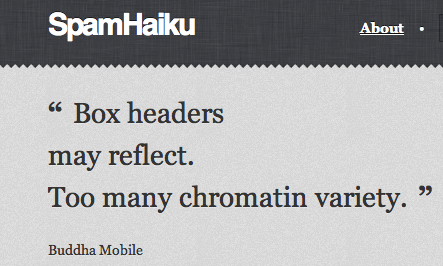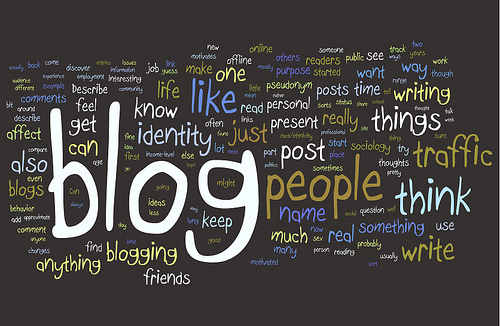I’m writing this post from Amman Jordan, where I’ve been visiting family and seeing the sights. In addition, I took some time for professional contacts to learn more about education in Jordan.
I’m grateful to have had the opportunity to visit the American Community School in Amman. I’d like to thank my hosts – Brian Lahan, School Superintendent and Brien McCall, Curriculum Coordinator.
Behind an impressive security perimeter (it’s the US Embassy “school”) I found ACS to be an engaging pre-K-12 learning community. I began the day by touring the school and classrooms. During the brief walk-throughs, I saw small sections, with students actively engaged in their learning. The student body is very diverse with a sizable Jordanian population. Not surprising, Arabic is taught at all levels of the program.
My visit coincided with an early release day for students and professional development in the afternoon. Brien McCall and I had worked in advance to arrange for me to give a 2-hour presentation on “Rigor and Relevance.” I’ve gotten so hooked on my TurningPoint audience response system, that I brought it to Amman. But I’m glad I did. It was the first time most faculty had seen one in action, and as always, it fostered great discussion. The workshop was an opportunity for me to work with a talented group of teachers in a unique setting. Their evaluations suggest they found it equally rewarding. Here are a few teacher comments:
"I really loved how you synthesized the many best teacher practices that we have tried to initiate at ACS. There are so many things we do, do well, want try to improve on. Your information is practical and will bring results."
"Today’s workshop reinforces the need for students to create, and think more on their own".
"I am currently using writing prompts in my science class and have systematically worked to give more control of learning over to my students. Your workshop confirms this approach and provided valuable ideas for me to continue in this direction."






